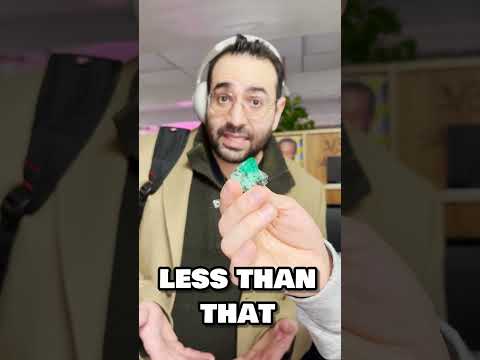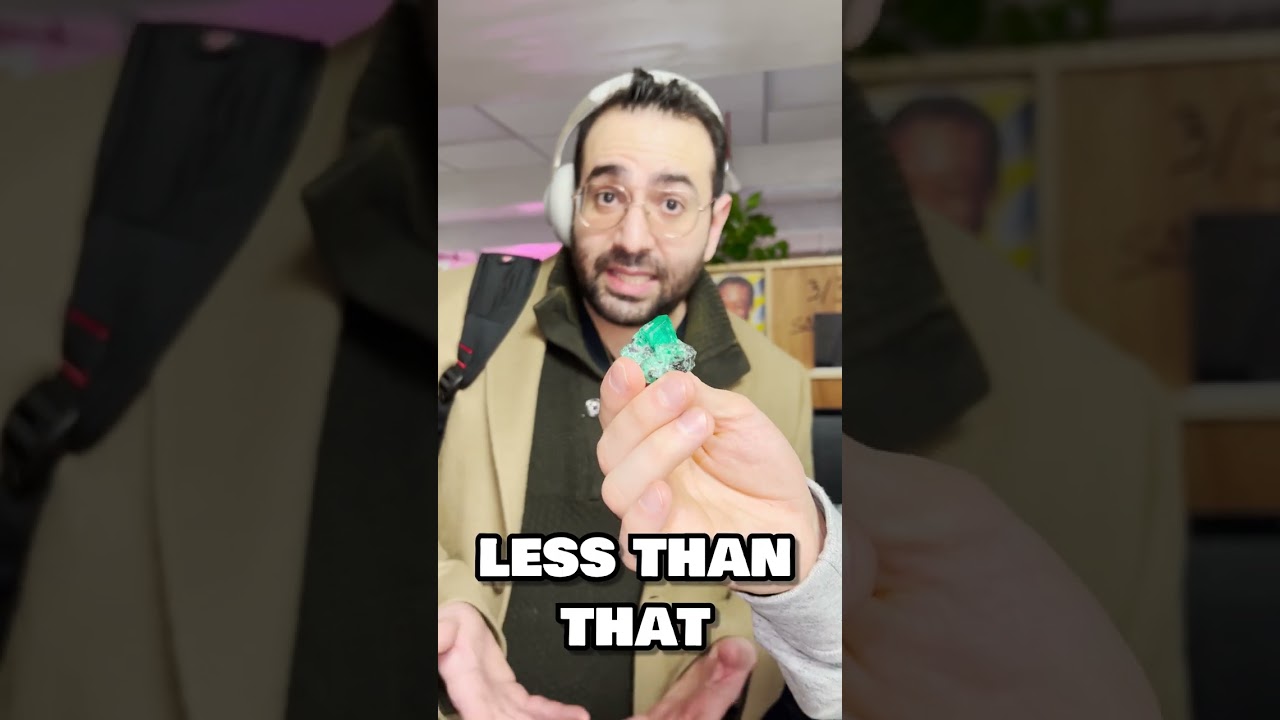Uncut diamond is a mesmerizing marvel of nature that exudes an unparalleled allure. Its raw and unpolished form holds a mystique that captivates the senses, leaving one in awe of its innate beauty. Uncut diamonds possess a distinct charm, with their rough exterior concealing a treasure trove of hidden brilliance. The uncut diamond’s unadulterated essence is a sight to behold, as it showcases the raw potential that lies within. Its natural imperfections, rather than detracting from its allure, only serve to enhance its uniqueness and individuality. When held up to the light, the uncut diamond reveals an ethereal glow, a mesmerizing play of light and shadow that dances across its surface. It is a symbol of untamed beauty and untapped potential, waiting to be discovered and unleashed. The allure of an uncut diamond lies in its promise of transformation, as it holds within it the potential to be shaped and polished into a radiant gem of extraordinary brilliance. To witness the raw splendor of an uncut diamond is to be captivated by its unrefined charm, a testament to the power and beauty of nature in its purest form.

Uncut Diamond Characteristics
| Property | Description |
|---|---|
| Color | Uncut diamonds can vary in color, ranging from colorless to various shades of yellow, brown, and even rare colors like blue or pink. The presence of impurities and trace elements within the stone contribute to its coloration. |
| Shape | The shape of an uncut diamond is typically irregular and asymmetrical, exhibiting natural facets and rough edges. It takes the skilled hand of a gem cutter to transform an uncut diamond into a polished gemstone with a specific shape, such as round brilliant or princess cut. |
| Clarity | Uncut diamonds often contain various internal flaws called inclusions, as well as surface imperfections known as blemishes. These natural characteristics, although undesirable in polished diamonds, can add a unique charm to an uncut diamond, showcasing its raw and untouched nature. |
| Transparency | Uncut diamonds possess varying degrees of transparency. Some may appear opaque due to the presence of numerous inclusions, while others can exhibit a certain level of transparency, allowing light to pass through the stone to create mesmerizing effects. |
| Hardness | Diamonds are renowned for their exceptional hardness, being the hardest naturally occurring material on Earth. Uncut diamonds share this property, making them durable and resistant to scratching, which contributes to their long-lasting beauty. |
| Weight | Uncut diamonds are typically weighed in carats, with larger stones being rarer and more valuable. The weight of an uncut diamond can vary significantly, with some specimens weighing only a fraction of a carat, while others can surpass several carats. |
“Price Inquiry: Uncut Gem Valuation Unveiled!”
What Does an Uncut Diamond Look Like?
Diamonds have always fascinated us with their beauty and brilliance. Most people are familiar with the sparkling gems that adorn engagement rings and other jewelry. However, before diamonds are cut and polished into their mesmerizing forms, they start as uncut rough stones. In this article, we will explore what uncut diamonds look like and how their natural state differs from the dazzling gems we are used to seeing.
The Raw Beauty of Uncut Diamonds
Uncut diamonds are a sight to behold. In their natural state, they may not possess the same glamorous appeal as their polished counterparts, but they exhibit a unique charm and raw beauty of their own. An uncut diamond typically resembles a rough pebble, lacking the sparkle and shine that comes from refining and polishing.
Uncut diamonds come in various shapes, sizes, and colors. They can range from small, irregularly shaped stones to larger, more refined crystals. The color of an uncut diamond can vary from translucent white to shades of yellow, gray, or even brown. These colors are caused by impurities present in the stone, which can also affect its overall value.
One of the most defining characteristics of uncut diamonds is their surface texture. Unlike the smooth and polished appearance of cut diamonds, uncut diamonds have a rough and uneven texture. This texture is a result of the diamond’s formation deep within the Earth, where it undergoes immense pressure and heat over millions of years.
The Shape and Structure of Uncut Diamonds
Uncut diamonds can take on various shapes and structures. They can be found as irregularly shaped pieces or as more symmetrical crystals. The shape of an uncut diamond depends on factors such as the conditions under which it formed and the geological environment in which it was found.
Uncut diamonds often exhibit a crystalline structure. This structure is composed of multiple facets, or flat surfaces, that intersect to form the diamond’s shape. These facets can be easily observed on the surface of an uncut diamond, giving it a unique and mesmerizing appearance.
While uncut diamonds may lack the precision and symmetry of cut diamonds, their organic and natural shape adds to their allure. The irregularities and imperfections found in uncut diamonds are often embraced and appreciated for their uniqueness, making each stone truly one-of-a-kind.
The Internal Features of Uncut Diamonds
Uncut diamonds also possess internal features that set them apart from their cut counterparts. When examining an uncut diamond, it is common to find inclusions and blemishes within the stone. These inclusions are tiny imperfections or minerals trapped inside the diamond during its formation process.
Inclusions can vary in size, shape, and visibility. Some may be so small that they are only visible under a microscope, while others can be larger and more noticeable to the naked eye. These inclusions, although considered flaws in traditional gemology, can give an uncut diamond its own unique character and story.
In addition to inclusions, uncut diamonds may also contain other internal features such as fractures or cleavages. These features can occur naturally during the diamond’s formation or may be a result of mining and extraction processes. While these internal features may affect the diamond’s clarity and value, they contribute to its natural and unrefined beauty.
Transforming Uncut Diamonds into Dazzling Gems
While uncut diamonds possess their own allure, it is through cutting and polishing that their true beauty is revealed. Skilled diamond cutters carefully analyze the natural shape and internal features of each uncut stone to determine the best way to cut it. The goal is to maximize its brilliance, sparkle, and overall visual appeal.
Through a series of precise cuts and polishing techniques, the rough and uneven surface of an uncut diamond is transformed into a symmetrical and brilliantly faceted gem. The result is a diamond that reflects light in a way that captivates the eye and enhances its natural beauty.
In conclusion, uncut diamonds exhibit a distinct charm and beauty in their natural state. Their rough texture, diverse shapes, and colors, as well as their internal characteristics, make them truly unique. However, it is in the hands of skilled diamond cutters that these uncut diamonds are transformed into the dazzling gems that we commonly associate with diamonds. Whether in their uncut or polished form, diamonds continue to captivate and enchant us with their timeless allure.

